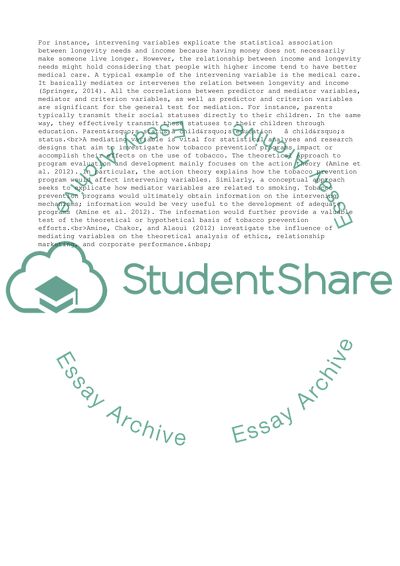Cite this document
(“Independent, Mediating, Moderating and Dependent Variables Coursework”, n.d.)
Retrieved from https://studentshare.org/business/1674410-contributing-to-theory-independent-mediating-moderating-and-dependent-variables
Retrieved from https://studentshare.org/business/1674410-contributing-to-theory-independent-mediating-moderating-and-dependent-variables
(Independent, Mediating, Moderating and Dependent Variables Coursework)
https://studentshare.org/business/1674410-contributing-to-theory-independent-mediating-moderating-and-dependent-variables.
https://studentshare.org/business/1674410-contributing-to-theory-independent-mediating-moderating-and-dependent-variables.
“Independent, Mediating, Moderating and Dependent Variables Coursework”, n.d. https://studentshare.org/business/1674410-contributing-to-theory-independent-mediating-moderating-and-dependent-variables.


